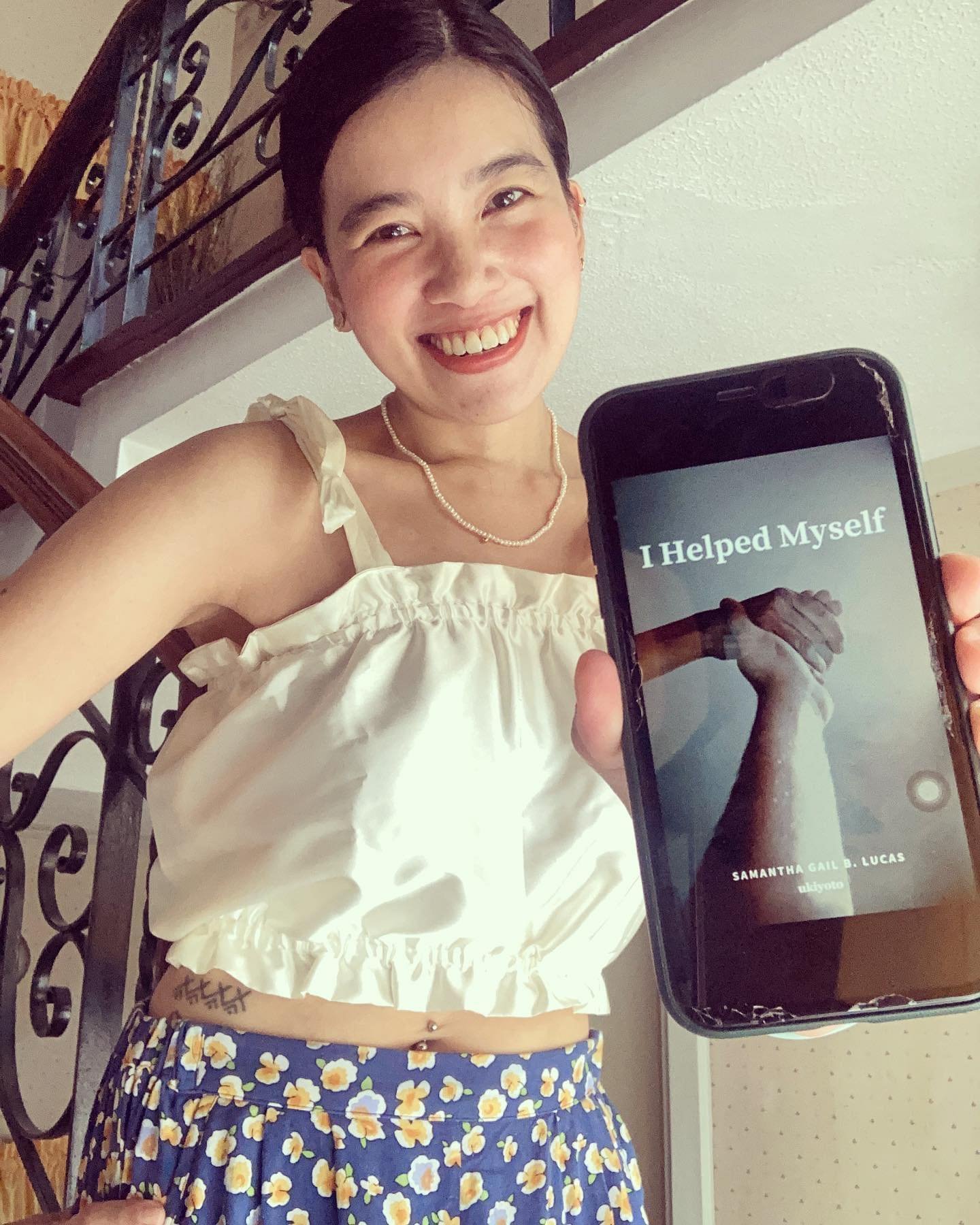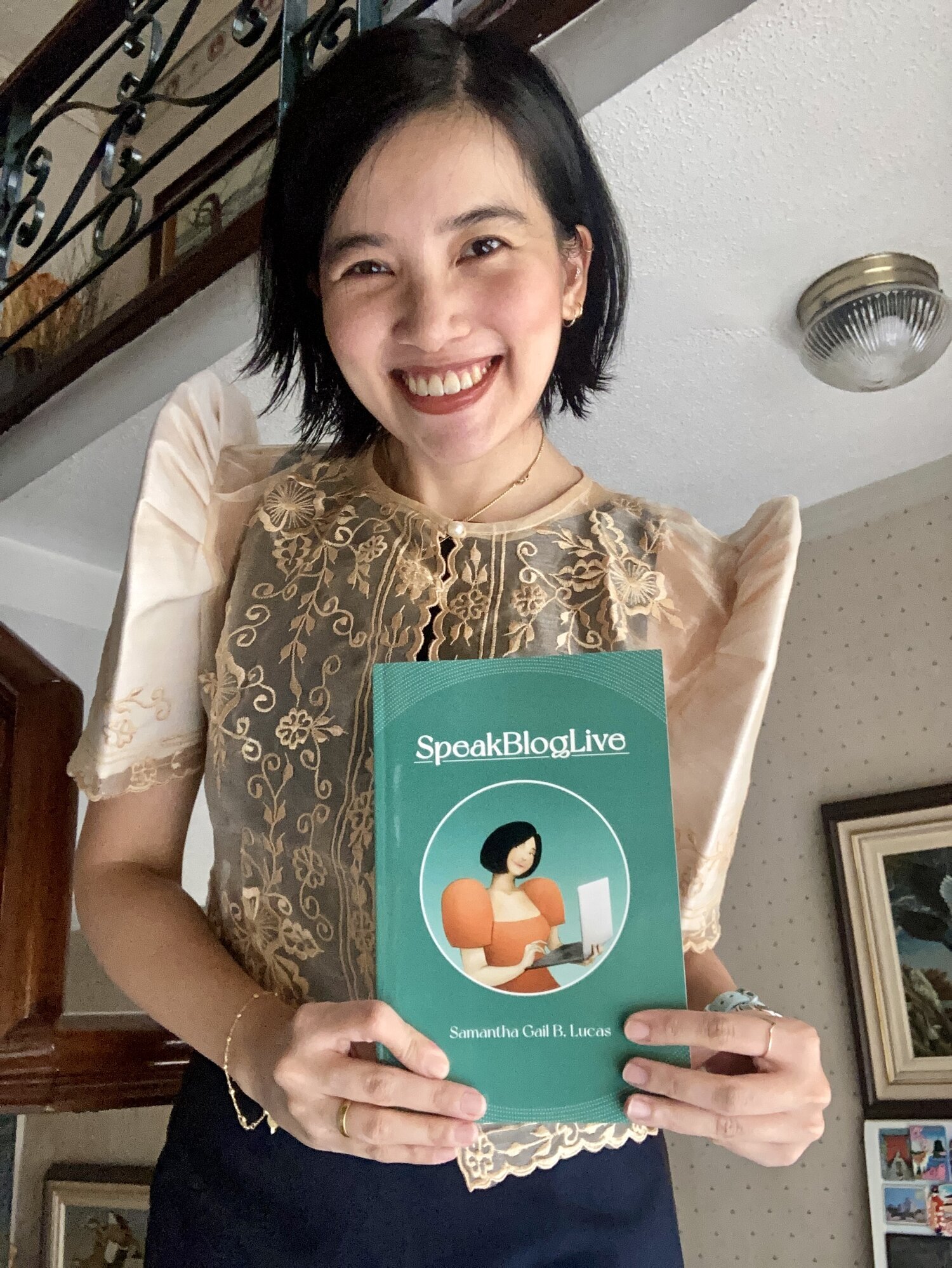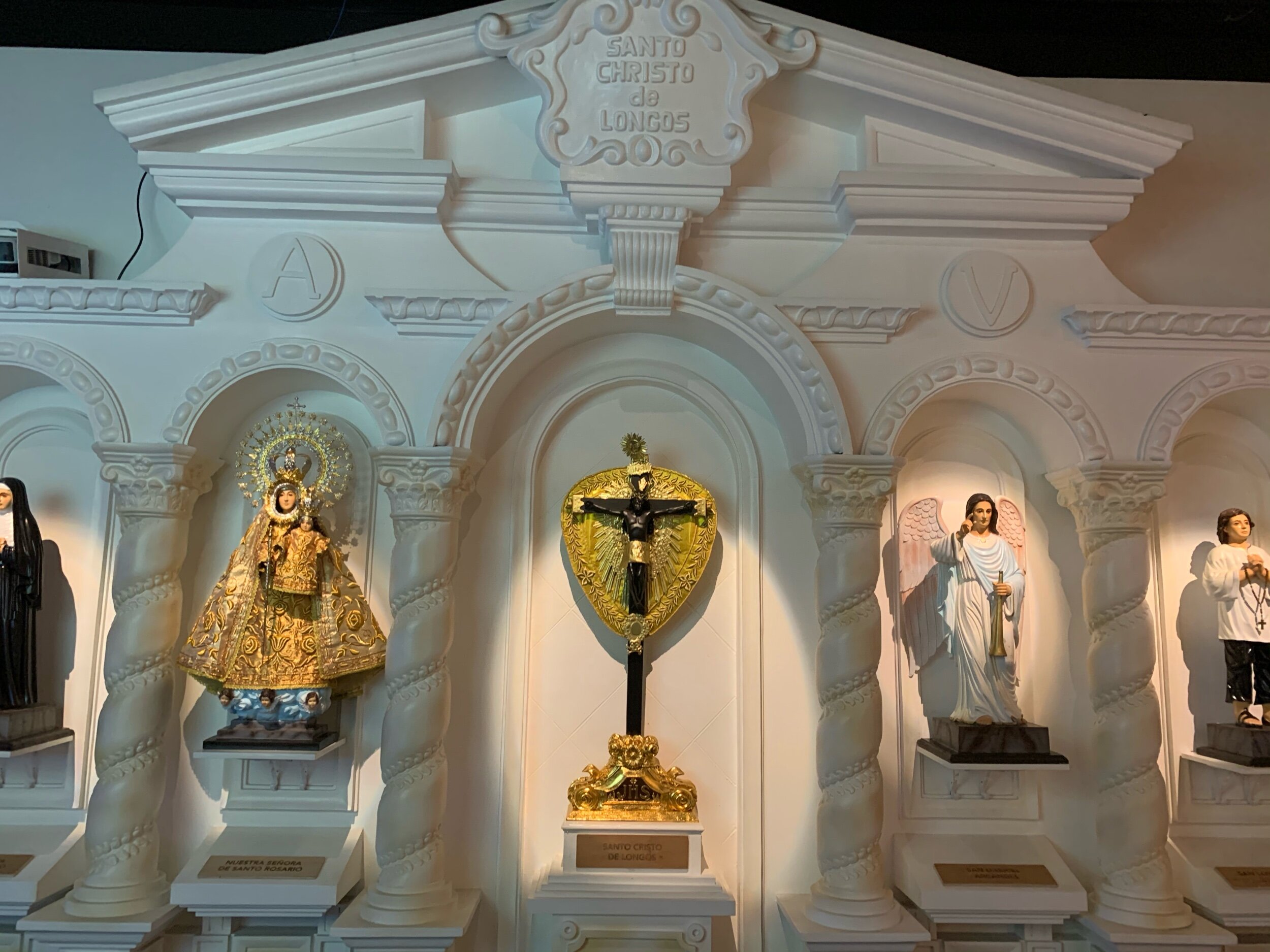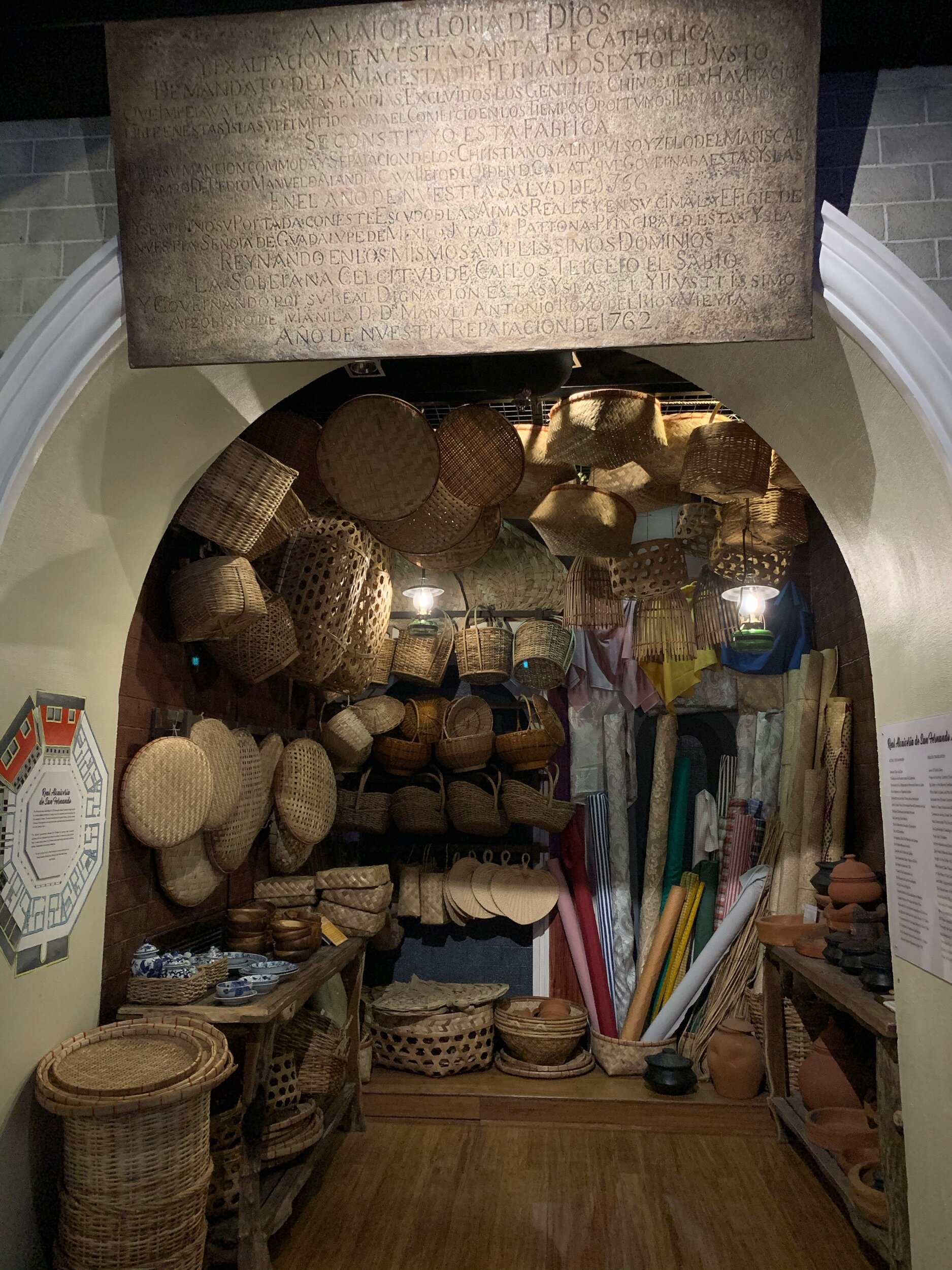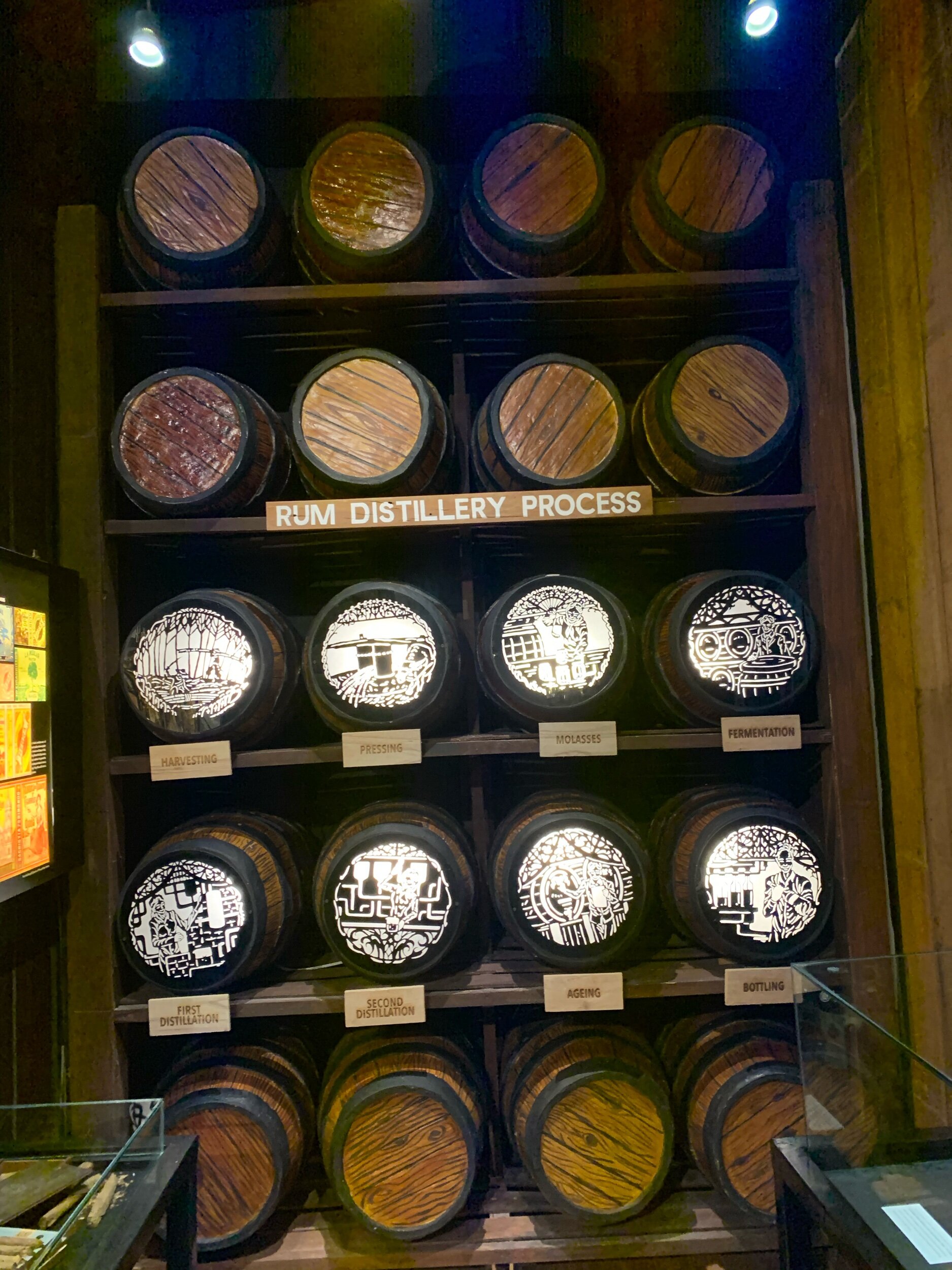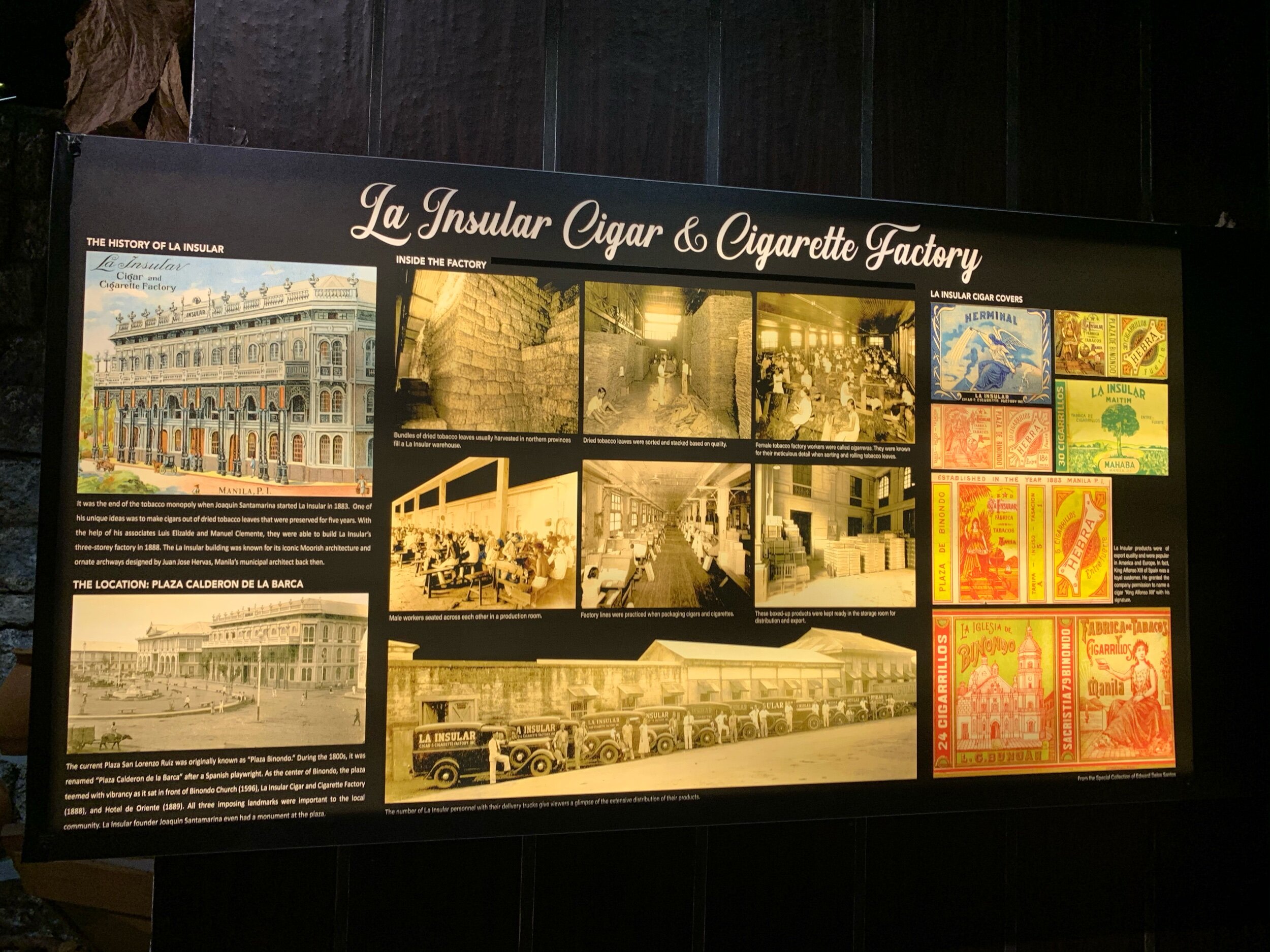Last January 7, I explored Binondo with my friend Mitzie. We started our day with a visit to the Chinatown Museum. It is conveniently located at the fourth floor of Lucky Chinatown Mall, which is right in front of Binondo Church.
It’s proximity to the center of Chinese Catholicism means that the museum begins with a model of the Binondo Church
Binondo Church replica
Icons of Chinese-Filipino faith welcome guests to the museum
The next gallery was a rich display of trade products which went through Bindondo since the Spanish colonial period.
Chinese trade products are on display at the museum
The Manton de Manila is one of the important trade products during the Galleon Trade
Ceramics are some of the remarkable trade products that passed through Binondo
Spices are abundant in the Philippines and neighboring countries
One of the highlights of the museum is the Alcaiceria, which was the residence and trading post of Chinese transients.
The Alcaiceria, where products such as textiles and other basic needs are sold
Another highlight was the panaderia, which showcased the best of Chinese baking since the colonial period. Examples of their popular bread products are siopao and hopia, which we still enjoy today.
The panaderia shows the best of Chinese baking through the centuries
Other Chinese-Filipino trading products were displayed throughout the museum. Some of these include furniture, rum, cigars, and cigarettes.
A replica Ahtay four-poster bed highlights the exceptional design and style of the renowned furniture-maker
Sungka game
Binondo is the first financial district
Rum is one of the export products of the Chinese-Filipino community to this day
Cigars and cigarettes is one of the historical products from Binondo
The third highlight of the museum is the Esteros de Binondo, where it is shown as an island connected to mainland Manila through bridges. Surrounding it are estuaries or esteros, where trading thrived via cascos.
Cascos transports goods from Binondo to other parts of Manila, and eventually the Philippines
The museum continued to educate us guests with various products and places which made Bindondo the center of trading in the country back in the day.
The Botica shows the different Chinese herbs for sale in Binondo
More wares at the Botica
The author poses with her friend Mitzie at the model tranvia
The tranvia is an early example of public transport in Manila
Chinese cuisine is already part of Filipino culture, and many consider it to be comfort food
The author and Mitzie enjoy a day at Chinatown Museum
I enjoyed my visit, and I would recommend it to everyone! I paid Php150 for my ticket. Students are entitled to a discounted rate of Php100, while senior citizens and PWD guests can enter for Php120.
The museum is operational from Tuesdays to Sundays, from 10 in the morning until 6 in the evening.
There is a package counter onsite for guests to leave their bags and other bulky belongings.
The museum allows video and still photography, provided that flash is disabled.
For more information, please visit the their website today!

